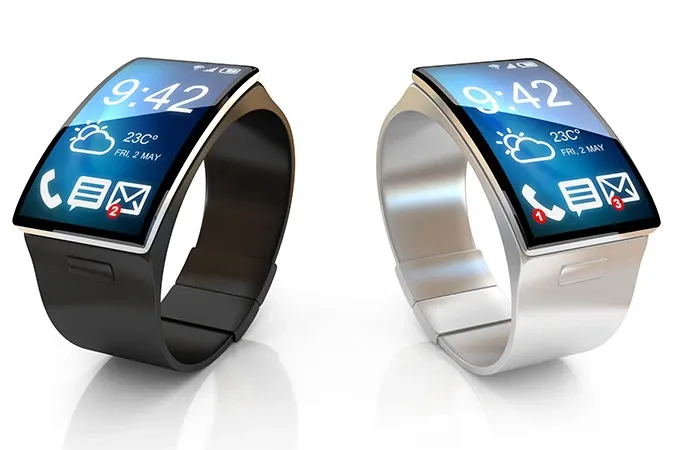BOE Poised to Become Top MacBook Display Supplier in 2025
BOE is set to capture 51% share of Apple’s MacBook panel supply in 2025, according to Omdia.

Global smartwatch shipments declined by 2% YoY in the first quarter of 2025, marking their fifth consecutive quarter of YoY decline, according to Counterpoint Research. The persistent deceleration of India’s once-surging smartwatch market, combined with shrinking Apple smartwatch volumes, was the primary driver behind the global market’s decline.
In contrast, China emerged as a strong performer, registering a remarkable 37% YoY growth in shipments. This pushed China’s global market share to its highest level since 4Q20, signaling renewed momentum fueled by the robust performance of leading domestic brands, which capitalized on both local demand and cost-competitive product strategies.
Despite witnessing a decline for the sixth consecutive quarter, Apple retained its top position in the global market, driven by its growing iOS user base. Trailing Apple, both Huawei and Xiaomi posted impressive growth in shipments. Their resurgence was driven by a strong domestic performance, broader portfolio appeal, and competitive pricing strategies targeting the mid-to-premium segments. Samsung, in contrast, saw a decline in its previous-generation models across all major markets, resulting in an 18% decline in its shipments for the quarter.
“China witnessed a 37% shipment growth in 1Q25, driven by strong performances from Huawei, Imoo, and Xiaomi. These leading Chinese brands not only strengthened their foothold in the domestic market but also gained traction internationally, intensifying competition for established global players. Among Chinese consumers, brand loyalty is reinforced by patriotic sentiment, government support, as well as the appeal of homegrown brands offering cutting-edge technologies and a diverse product range covering all price tiers,” said Anshika Jain, Senior Research Analyst at Counterpoint Research.
“The global smartwatch market is experiencing a notable shift in consumer preferences. Consumers are gradually moving up the price ladder in pursuit of better features and long-term value. The $100-$200 price band saw a solid 21% growth in shipments, signaling rising demand for devices with better health and fitness capabilities. In contrast, the entry-level segment (below $100) saw a 17% decline, suggesting that consumers are increasingly willing to pay more for accuracy, reliability, and ecosystem compatibility,” said Balbir Singh, Research Analyst at Counterpoint Research.
The kids’ smartwatch segment continued to witness significant growth globally, with Imoo maintaining its leadership position driven by affordable, feature-rich offerings. China remained the largest contributor to kids’ smartwatch shipments, while other key regions, including North America, Asia Pacific, and Europe, also experienced notable growth. The rise underscores growing parental concerns over child location tracking and postponing early smartphone use.
“The market is projected to recover at a modest pace in 2025, with growth projected to be in the region of 3%. This rebound will be shaped by evolving product capabilities, as manufacturers increasingly integrate AI features and next-generation health sensors into their devices. In parallel, progress toward regulatory approvals is paving the way for select smartwatches to function as certified medical-grade tools, expanding their use cases beyond lifestyle and fitness tracking. We are also observing a behavioral shift among consumers, who are increasingly prioritizing functionality, long-term value, and ecosystem integration over novelty alone. This trend is nudging the market toward more premium models, as users seek dependable devices that align with broader lifestyle, productivity, and wellness goals,” concluded Anshika Jain.